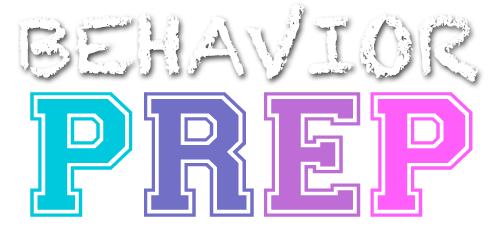I.1 Identify the benefits of using behavior-analytic supervision (e.g., improved client outcomes, improved staff performance and retention).
Behavior-analytic supervision is a critical component of effective service delivery in applied behavior analysis (ABA). Supervision involves guiding, training, and monitoring behavior analysts and other service providers (e.g., RBTs) to ensure high-quality implementation of behavior-analytic interventions. The benefits of effective supervision include improved client outcomes, enhanced staff performance, and increased staff retention.
Key Benefits of Behavior-Analytic Supervision
Improved Client Outcomes
- Supervision ensures that treatment plans are implemented correctly and consistently, which increases the likelihood of achieving desired behavior change.
- Supervisors provide feedback and guidance to correct errors in implementation, ensuring adherence to evidence-based practices.
Example: A supervisor observes an RBT misusing a token economy (e.g., not delivering tokens contingently on behavior). After providing immediate feedback and modeling the correct procedure, the client demonstrates a marked increase in task engagement.
Improved Staff Performance
- Supervision provides ongoing training and professional development, enabling staff to develop and refine their skills.
- Clear, constructive feedback fosters confidence and competence among staff.
Example: During supervision, an RBT receives instruction on improving their error correction procedure. The supervisor role-plays scenarios and provides feedback, resulting in the RBT confidently applying the procedure in sessions.
Increased Staff Retention
- Regular, supportive supervision creates a positive work environment and helps staff feel valued and supported.
- Supervisors can address potential burnout by providing resources, encouragement, and manageable workloads.
Example: A BCBA supervisor holds monthly meetings to review progress, discuss challenges, and recognize achievements. This practice fosters job satisfaction and decreases turnover among team members.
Behavior-analytic supervision benefits clients, staff, and organizations. By improving client outcomes through consistent and accurate implementation, enhancing staff performance with tailored feedback and training, and increasing staff retention by creating a supportive work environment, supervision is essential for the success of ABA interventions and service delivery.
